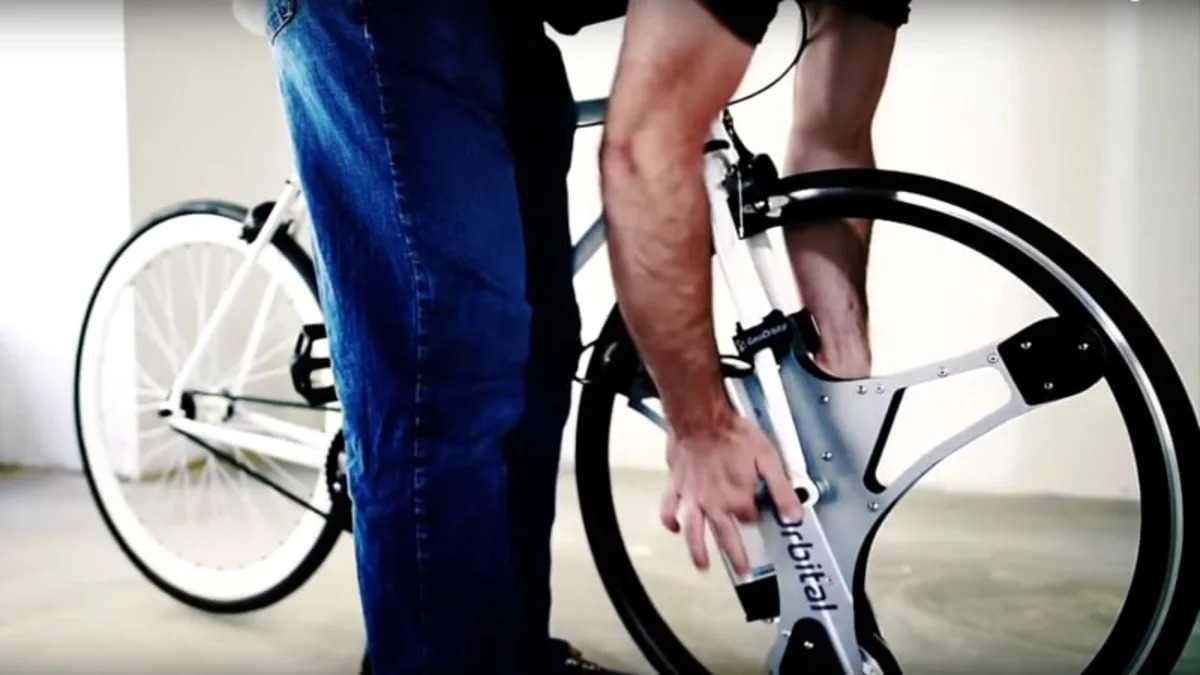What's the link between Tour de France cheating and green mobility innovation? As French authorities work to sniff out "mechanical doping" in the form of tiny electric motors hidden inside competitors' wheels, the innovation required to cheat on the sly mirrors people looking for better ways to incorporate small, lightweight motors into consumer bikes. The folks at CityLab point to the GeoOrbital, Solar Bike, and other technology that incorporates electric assist into existing bike architecture in the least obtrusive (physically and financially) ways possible. Assuming frauds in the sport of cycling continue to find ever craftier ways to get a boost, that technology will hopefully continue to "trickle down" for the good of the public who rely on their bikes for mobility. Read more at CityLab.
A team of scientists has found a way to improve battery performance by controlling oxygen in the cathode material. Researchers at UC San Diego and the Chinese Academy of Science have found that by introducing oxygen vacancies (with CO2 based gas mixtures) at the surface of lithium-rich cathode materials, they can improve energy density by as much as 30 to 40 percent. They also found that controlling oxygen helps increase discharge capacity and durability. "This is a significant improvement with regards to the voltage fade problem, but there's still a lot of work left to completely resolve this problem," says Shirley Meng, nanoengineering professor at UC San Diego. The next step is to scale up their treatment, and to test the effect of controlling oxygen levels on other battery materials. Read more at Phys.org.
A Tesla Model S spotted with a LIDAR system on its roof has lead to speculation about the automaker's autonomous vehicle research. A Tesla Motors Club forum member posted photos of the car in question, spotted near the company's Fremont, California headquarters. The photographer writes in a blog post that he or she believes the Stanford sticker and license plate frame are meant to mislead spectators into thinking it is part of a university research project, but claims to have watched it pull into Tesla's campus. Another user identified the LIDAR system as one used to "generate live contour maps of its surroundings. Tesla could be using this as a self-driving sensor, or using it as the benchmark of 'truth' for other self-driving sensors under consideration." Read more at Clean Technica, or in the discussion at Tesla Motors Club.
A team of scientists has found a way to improve battery performance by controlling oxygen in the cathode material. Researchers at UC San Diego and the Chinese Academy of Science have found that by introducing oxygen vacancies (with CO2 based gas mixtures) at the surface of lithium-rich cathode materials, they can improve energy density by as much as 30 to 40 percent. They also found that controlling oxygen helps increase discharge capacity and durability. "This is a significant improvement with regards to the voltage fade problem, but there's still a lot of work left to completely resolve this problem," says Shirley Meng, nanoengineering professor at UC San Diego. The next step is to scale up their treatment, and to test the effect of controlling oxygen levels on other battery materials. Read more at Phys.org.
A Tesla Model S spotted with a LIDAR system on its roof has lead to speculation about the automaker's autonomous vehicle research. A Tesla Motors Club forum member posted photos of the car in question, spotted near the company's Fremont, California headquarters. The photographer writes in a blog post that he or she believes the Stanford sticker and license plate frame are meant to mislead spectators into thinking it is part of a university research project, but claims to have watched it pull into Tesla's campus. Another user identified the LIDAR system as one used to "generate live contour maps of its surroundings. Tesla could be using this as a self-driving sensor, or using it as the benchmark of 'truth' for other self-driving sensors under consideration." Read more at Clean Technica, or in the discussion at Tesla Motors Club.







Sign in to post
Please sign in to leave a comment.
Continue